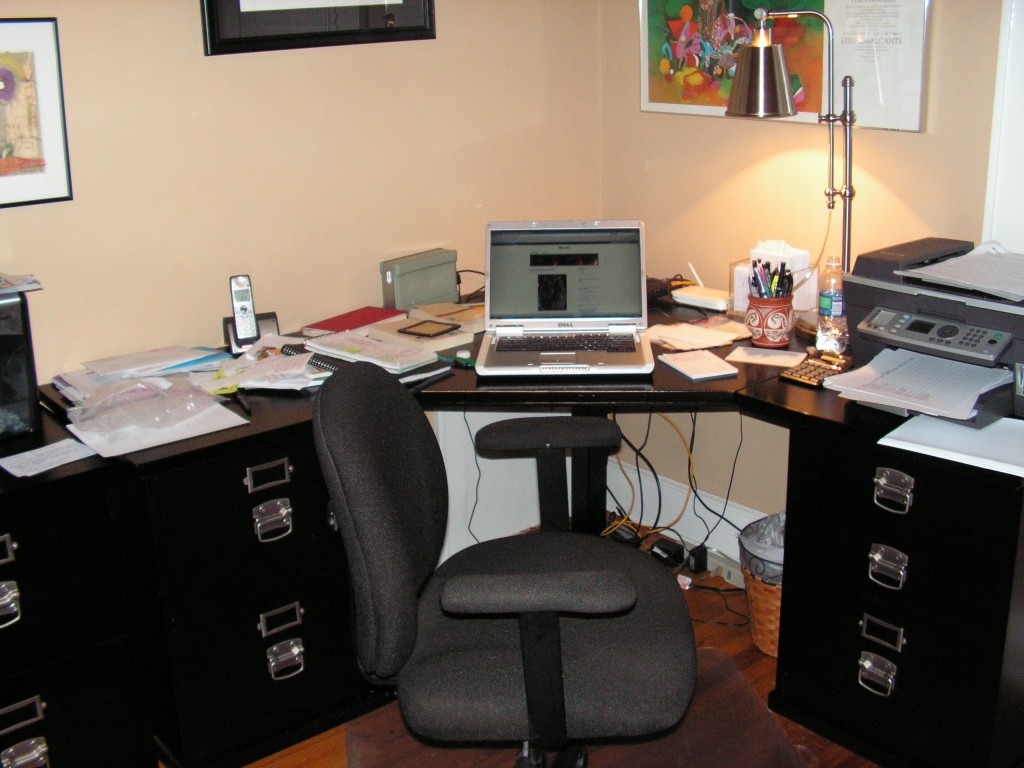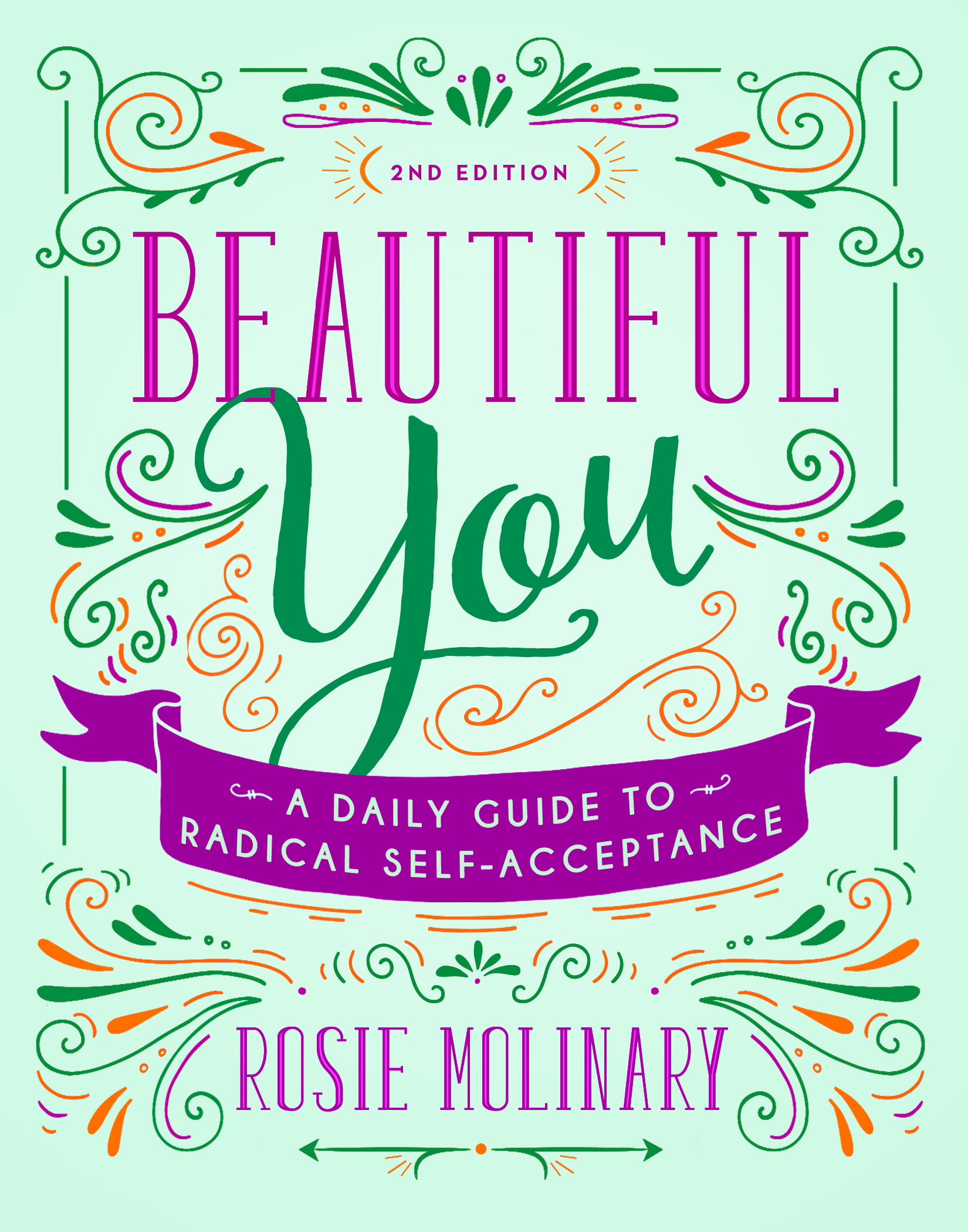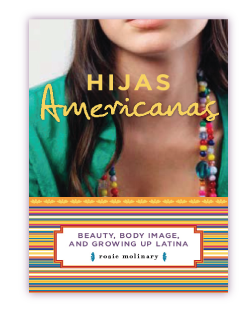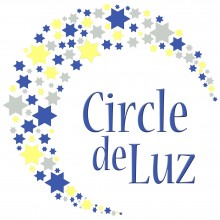Today’s post comes from a question I was asked on Facebook. How did I come to know what I wanted to be when I grew up? Was it opportunity or passion that lead me there? The answer is a bit of both. And long. Here’s the abbreviated version…
I believe in the power of voice. That it is in telling our stories, in giving voice to that which seems small and that which seems enormous and everything in between, that we begin to claim ourselves.
If you had asked me at 17 what I would be doing at 37, my answer would have been absolute. I would have said that I would be in my fifteenth year of teaching high school English. Maybe I was also a Student Activities Director, but there was no way I would be more administrative than that. I was fighthing the good fight in my classroom, avoiding lunch room pizza at all costs while goading my kids into becoming the people they were meant to be. In my free time, I’d be writing dramatic, resonating poems.
The idea to be a teacher, and an English teacher at that, took root while I was young. My weekly trips to the library with my dad (one of my dear friend’s calls my dad the Patron Saint of Children’s Library Use. It is about as perfect a title for him as they come) strongly informed my love of literature, of writing, of journaling, of writing dramatic, resonating (to me) poems. Sometimes, I would flirt with other fields of interest as I grew up: architecture (then geometry happened to me) and a juvenile and civil rights attorney (but there was just too much school between me and what I wanted to be doing already). I left for college certain that I would be an English major en route to teaching high school.
When I arrived in college, the English curriculum had not yet been updated. It was all dead white men. Don’t get me wrong, there are plenty of dead white men whose writing resonates with me. But 10 classes worth? I couldn’t picture sitting through that much British literature. My first absolute faded away. There was no way I was going to be an English major. So I sat down and figured out what did resonate with me academically. Meanwhile, I was fortunate to have a scholarship that was based on community-service- I did ten hours of community service a week in exchange for a small stipend- and my community service work was at an alternative high school that I loved. I knew I belonged teaching in the inner-city. I knew I belonged with kids who fought against authority and themselves. And what I loved in the classroom was studying about cultures, identity, ethnicity, and race. Ultimately, I designed a major in African-American studies and Urban Education issues.
I believe that we must be open to exposure. That exposing ourselves to what we did not know before moves us forward in profound ways, helps us to grow. It is in seeing more clearly, understanding more wholly, that we are better able to serve ourselves and the world in a more meaningful way.
Stories are the way we emotionally connect with one another, with history, with events. Reporting that a category 5 hurricane has hit a city and displaced hundreds of thousands gives us information, but it does not move us to action because it does not make us feel. It does not stop us in our tracks, wondering what can I do, what can I do, what can I do. It is the details, the personal account that says ‘I was on my roof for hours holding onto my dog as the water rose and I didn’t know if anyone would come for us’, the eye witness accounts that says ‘there was no power but the doctor kept on working like he did not need electricity to save a life’, it is the details that make us understand.
Stories are the way our bodies connect the information we receive with the experience. They are the way that we develop empathy; they are what move us to action. When we know each other’s stories, we are better, and we can make the world better. Sometimes we are scared that stories will ruin us, that they will be too much to take in, that just having that information will split us open, make us feel too much and, thus, leave us depressed and incapable of action. But I have found that it is just the opposite that happens. The great moments of my life have come to me as a result of listening to stories and being open to the exposure they gave me. In fact, the whole of my adult life, it seems now, all came from one moment on an October day in 1994 when I was tutoring a young man named Terrence in something like basic algebra.
Here is the story: Terrence was bent over his paper, grumbling about it. I tucked my head down, just beside his, listening to the numbers and steps he was processing. Sunlight from the bay of windows behind us dappled the table.
“If X equals,” his chin lifted towards the ceiling, as if God might have painted the answer there. This alternative school was housed on the top floor of a church, after all. Anything was possible. His right arm raised to his left bicep, reflexively lifting his sleeve and scratching there. Something caught my eye. A tattoo. But not the typical cross you might see in the South or even the stereotypical Mom with a heart and arrow. This tattoo was crude, homemade, its dots spelling out the word Kid in a crooked line.
“What’s that?” I asked, curious. And what I learned in that conversation and over the years of my continued friendship with Terrence changed the trajectory of my life.
Terrence was in a gang, but he was over it. But you don’t just get to be over the gang life. So Terrence had a plan, he whispered to me in the corner of the common area of his alternative school, a school that housed fifty kids who had been violent or absent elsewhere. He thought that maybe having a baby (well, someone else having his baby) would take care of it—justify his fading away from the set because he had a family who demanded care. He stared at me, trying to see how the innocent girl next to him might process this news. I nodded, wanting him to know that I heard.
“There has to be something else that you can do to get out,” I offered, tentative and clueless. My lower teeth worked the corner of my upper lip in concentration while the doors to classrooms around us opened into the common area and spilled out mostly broken boys on their way to manhood. His eyes, both earnest and intense, flashed around the room.
“Gots to go,” he said, stacking his books. Ordinarily, I would have said ‘have a good weekend’, but it seemed so silly now, so naïve.
“See you next week,” I offered.
He looked at me, assessing. Terrence wanted to be hard, that was his nature, but I also knew that he liked me, just as much as I liked him. He offered me a simple, barely discernable nod and then turned back towards the tide of testosterone with these words, “you know it.”
“What do I do, what do I do, what do I do,” I muttered in the car on the thirty minute drive back to school. It was 1994, and I knew mostly nothing about gangs. But I did know how much I believed in Terrence, how much being in that alternative school felt like home to me, how I wanted to be a high school teacher and that I would only be satisfied at a place like this school. I knew enough to sense that the situation was urgent. That something had to be done now. And if gangs were an issue, then I needed to know about them. I needed to understand them. I needed to be prepared to offer a better answer than “There has to be something else that you can do.” I needed to find the answers to questions that, until that day, I did not even know to have. I couldn’t know what to do until I understood what was going on and so I buried myself in it.
I designed my major in African American Studies and Urban Education issues because of my desire to understand the issues that my students might face in the inner-city as well as the history and legacy that informed their lives. When it came time to choose the topic for my senior thesis, I asked if I might do something that is now called service learning but was then just considered new age—study the best practices of gang intervention strategies along the east coast and then weave them together to design a system that might work for schools who wanted to combat youth violence as part of their engagement with their students. In my study of gangs, I came to understand how much exposure matters. For a young person to dream big, he or she must understand what is possible. How can someone envision going to college if he can’t even picture what that looks like or has never met a college graduate who might help him understand the value of that experience? Being exposed to possibility makes you hungry for it. But exposure is too often an indulgence of the well-to-do or the privileged.
Given what I do now, some of my long-time friends are surprised that I went from a passion for helping young men who have a tendency towards violence to working on self-acceptance issues with mostly women (although I do work with men, too. Men need it just as much as women, it’s just not culturally acceptable for them to talk about it. Hopefully, things are changing). I, however, don’t see it as such a stretch. If you are twenty and violent, the truth is that the violence is just a front, a reaction to show that you are scared and insecure and uncertain and living a life that is inauthentic to who you are. If you are forty and self-defeating, the truth is that the self-defeat is just a front, a reaction to show that you are scared and insecure and uncertain and living a life that is inauthentic to who you are. I’ve been doing the exact same work all long. Because at the end of the day, the most important thing is for each of us to get to the root of what we most need and who we most need to be in this world. Get there and the whole world changes. My hope is to play a small part in getting people- of any age, gender, ethnicity, circumstance- there, to their most authentic selves.
And so I started teaching high school in the inner-city (and coaching and directing student activities), and I LOVED it. It may be my favorite thing I’ve ever done. But I quickly realized how much I wanted my students to be accessing their voices and receptive to others’ voices, and I felt like I needed more education to do that. And the education I specifically wanted was a Masters in Fine Arts in creative writing because I knew that writing was the tool I could use to help people access their voices. It was the tool that was right for me as an educator. I went to graduate school to learn how to be a better teacher but, of course, while I was there I had to write a book. I went in to grad school as a poet. My first advisor challenged me to write long form instead (turns out, my poems didn’t resonate with him so much). That conversation is here. And so I ultimately wrote my thesis (which is basically a book length work) as a linked essay and poetry memoir about my coming of age experiences called Giving Up Beauty. I had no idea that body image, beauty perception, and ethnic identity issues were so on my mind until I wrote those pieces (I love the saying that you should write to discover what you know deep within. It was true for me in grad school and is true for why I incorporate writing into the work I do with others). Before I started graduate school, I always thought that I would go back to teaching high school after I was done. But once I was in graduate school, I realized some things: I liked not having to be at work at 6 am (high school started at 7:15 and I liked a good thirty minutes of quiet in my classroom before kids started streaming in), I could go to the bathroom whenever I wanted, actually make and go to a doctor’s appointment, and could even go out to lunch. The grad school years, truth be told, made me soft. I couldn’t go back to teaching high school now that I knew how the other side lived. So, instead, I worked at a college as the director of a community service program. My work focused on how we as an institution and individuals engaged in our community and since that is an intergral part of my personal focus, it was a good and meaningful fit. I loved working with my college students. I could have been there for years. But, then, the way a situation was handled left me uncomfortable, and I couldn’t stay. I thought that I’d find a job in non-profits but then BF encouraged me to pursue writing.
And so I did. I started freelance writing. But the story I was most interested in exploring was how Latinas who grow up in a home that has one idea about what is beautiful, feminine, and appropriate for women reconcile that message with the one they receive in mainstream America to become themselves. I researched publishers who might be game. Seal Press seemed like the perfect fit. I pitched them without an agent, and we went to contract on Hijas Americanas.
Next, two things happened. Each time I visited different cities for an extended period of time, I would seek out opportunities to talk to young people since I still have such an affinity for that age. Often the schools I visited would pull young Latians together to talk to me. I would hear about their dreams and realities, and I felt an incredible sense of responsibility for the realities they faced as they approached their futures. I started thinking about what the best practices were to address these issues from the experiences I had as an educator and community service director. I also knew that other women would have ideas and feel invested in this endeavor, and so, soon, an interested group of women was formed to address this issue. With that, Circle de Luz was born. We just finished our third year and continue to be an volunteer-force. The gifts to all of us have been plentiful.
Then, I was struck by how the conversation in Hijas Americanas about body image and beauty perception as well as the messages shared about those issues- that we are all enough, that our uniqueness is beautiful- were universally embraced by women. Women are really hungering for affirmation of what they inherently know to be true and guidance for how to let that truth shine out in them. Because I have always been particularly interested in journaling and in creating and taking actionable steps towards a larger goal, the idea of putting together an action plan and empowerment guide for women where they could put together the pieces to their larger goal of loving and accepting themselves really resonated with me. And, hence, Beautiful You was born.
I periodically tell this story to high school students in a talk titled The Evolution of the Unlikely Writer. And when I am done, I stress these five points to them. I thought I’d share them here, too.
1. Your 10 year plan will get revised over and over again. The answers that you give to those questions that you are asked throughout your life are guides and not absolutes. Don’t stick to them if they no longer feel true to you.
2. Knowing what is true to you is imperative. I used my journal to do that. I can’t say what the right way for you to find your voice is. I can only plug what worked for me. But I encourage you to find what works for you so that you always stay true to yourself.
3. We spend the first part of our lives, just trying to blend in, trying not to stick out. And then the rest of our lives trying to distinguish ourselves. Blending in takes too much effort. I dare you to a. have the courage not to do it just because you think you should and b. not to create or operate from a standard that makes someone else think she should. Let people be who they are.
4. Exposure matters. Read. Learn. Listen.
5. The most powerful things in life happen when you emotionally connect. Make sure you are connected to something. It will change your life.
So, back to that original question. Was it opportunity or passion? I’d say that finding what I was meant to do- at any given moment because let’s be honest, here, what I was meant to do has maintained the same essence but taken different shape over time- was about being open to stories and possibilities and not being afraid of things taking new shape. What I know was essential for me to find my way was my willingness to embrace both the personal and universal.
Now, I am curious about you. What led you to where you are now- opportunity or passion? What lessons have you learned along the way?




rosie – you are such an inspiration. this is an excellent story.
i began my journey to being a teacher and student advocate in an under performing high school in richmond, california. a handful teachers were wonderful, but a bigger handful were there collecting paychecks. most students lived in poverty and dropped out well before graduation.
most students from my school are either dead, in jail or on drugs. many of them became parents before they could drive. about 15% of my school went on to college of any kind.
my plan was always to go to college (my folks always expected i would) and do big things in the world by working in politics or law. i didn’t want other kids and women to go through the things i had and so i began my life as an advocate volunteering on political campaigns and working on women’s issues while attending college full time and working to pay my own way. (Lesson 1: most people relied on their parents to pay for school and had never worked).
i majored in political science and minored in african american studies because, quite honestly, found the almost complete absence of students of color on my college campus disturbing. at least in the aas department, students and teachers of color were present. (Lesson 2: many students of color never make it to UC schools or drop out before graduation because of financial or family reasons).
long story short, politics isn’t for the sensitive-natured woman and i left after more than a decade to make a difference one kid at a time. teaching kids to read and believe there is a bright future for themselves is honestly the best thing i’ve ever done, besides adopting my ruby. (Lesson 3: for people like me, making a big difference in the life of one child is way more fulfilling than making tiny changes in the law).